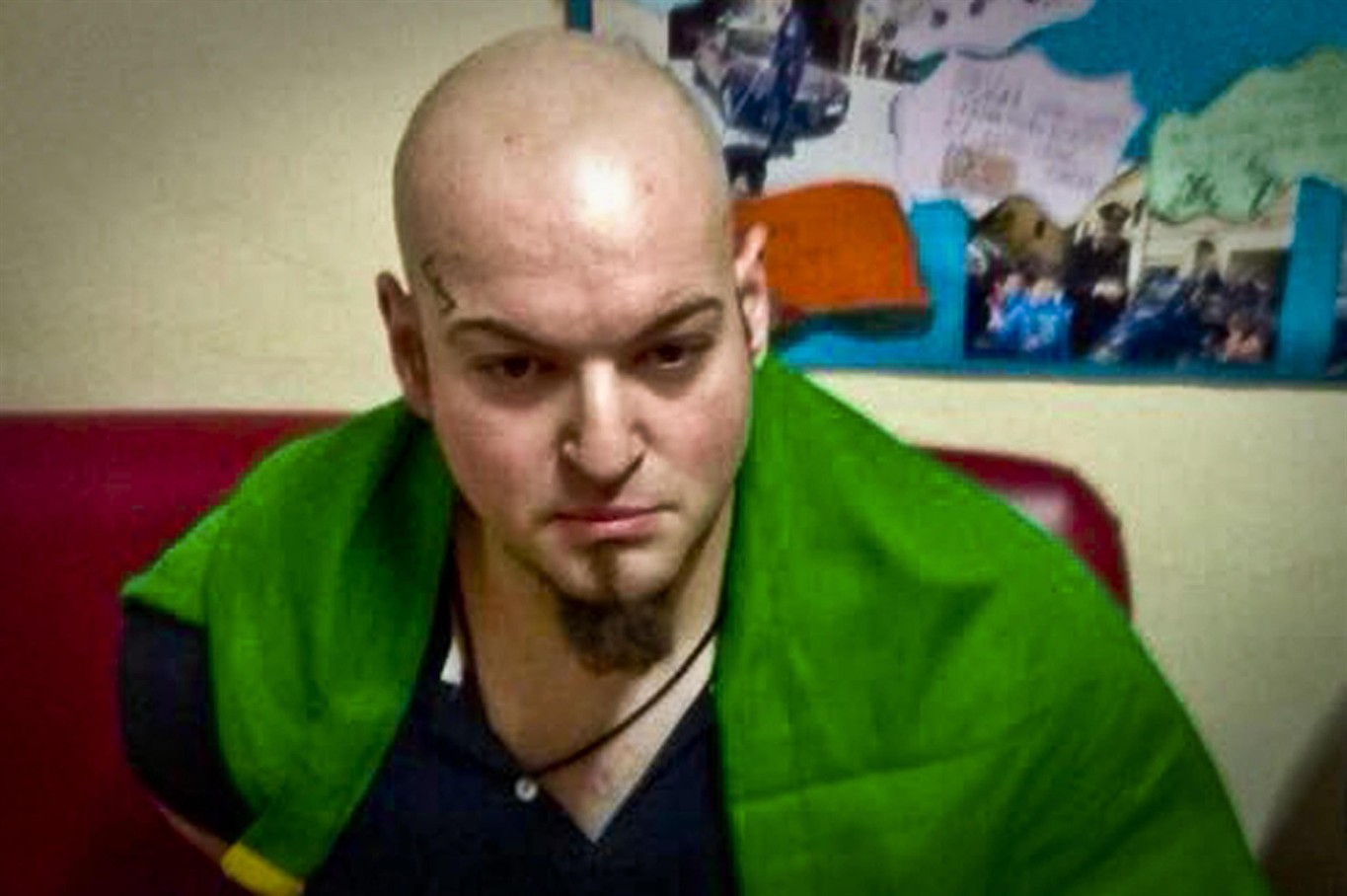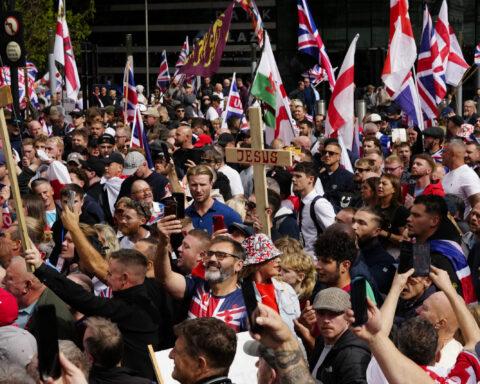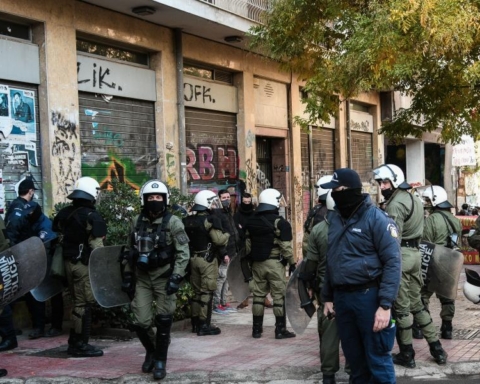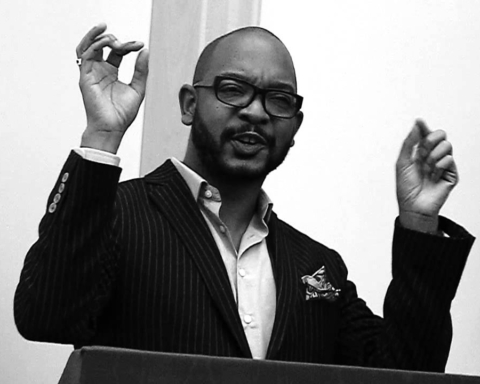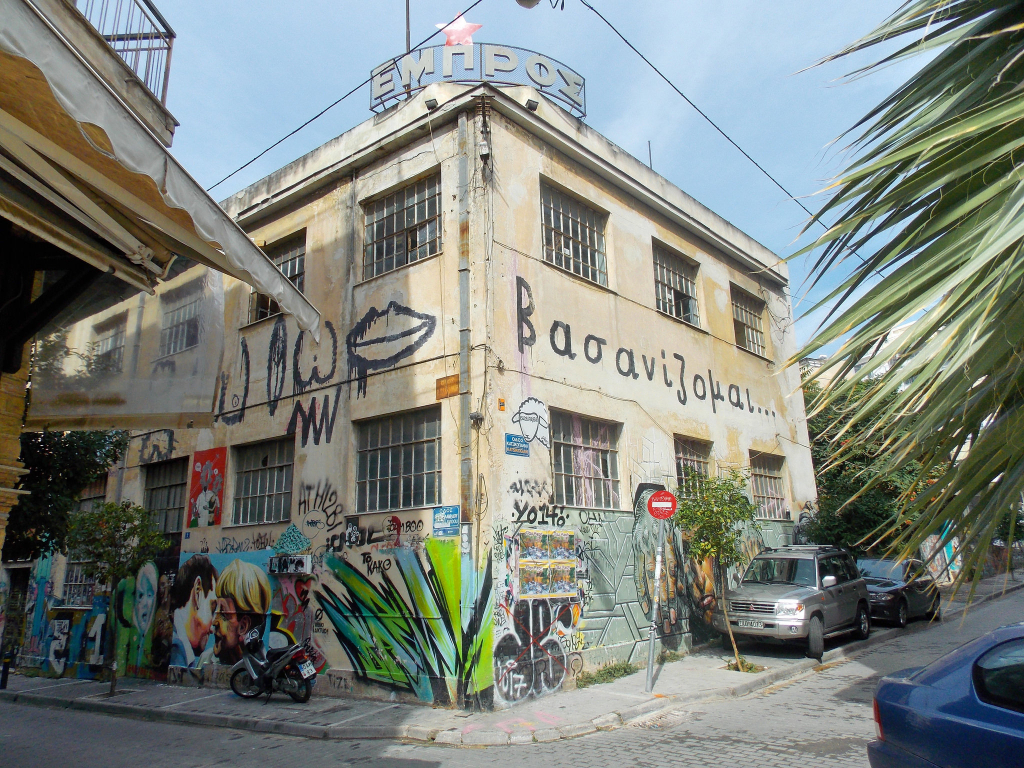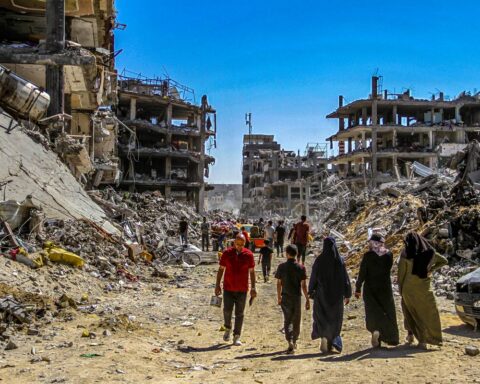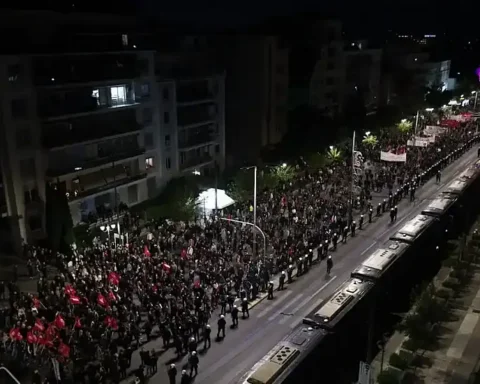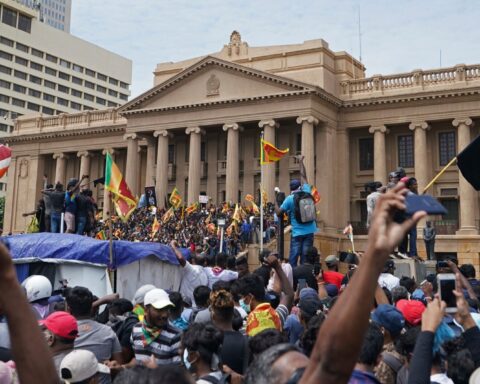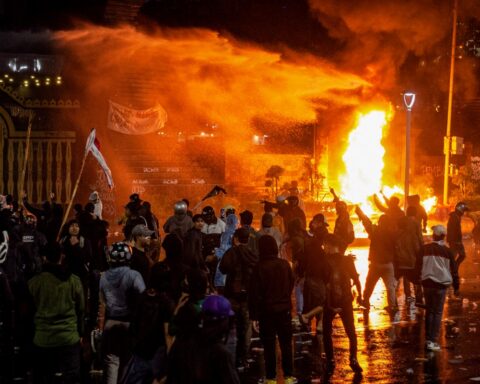On Feb. 3, a 28-year-old far-right activist named Luca Traini went on a shooting rampage in Macerata, a small town in central Italy, wounding five men and one woman of African origin.
When police apprehended him, Traini was wrapped in an Italian flag, performing the Roman salute and screaming “Viva l’Italia.” His move to “kill them all,” Traini claimed, came after hearing that a Nigerian drug dealer had been arrested as a suspect in the local death of a Roman teenager, Pamela Mastropietro.
The shootings a month before Italy’s national elections reflect the spiraling hostility toward immigrants. However, the shootings have not spurred a national reflection on the risks of anti-immigrant discourse. Most of the campaigning parties, including the center-left, have continued to focus on the presence of immigrants as a catalyst for societal tensions rather than on the dehumanizing language and electoral promises of deportations and clampdowns on immigrant crime that contributed to the attack.
[Italy claims it’s found a solution to Europe’s migrant problem. Here’s why Italy’s wrong.]
While lone-actor terror is carried out by single individuals, it does not occur in a vacuum. The attack took place in a political landscape of heightened public anxiety, following widespread anti-immigration campaigns. The tepid political reactions to the attacks over the past week pushed immigration further to the forefront of the electoral debate, increasing the visibility of extreme-right propaganda, as well as the real danger of further violence.
What we know so far:
1. Research on lone-actor violence tells us these types of attacks aren’t really a “lone” decision
Recent research rejects the notion that attacks by lone actors (commonly referred to as “lone wolves”) are a purely individual phenomenon. It shows that the overwhelming majority of violent lone actors have social ties to an array of political actors. An individual’s “loneness” is not an inherent quality, but a relational characteristic, which varies over time. Findings from the PRIME consortium, a multi-university group that looks at countering extremism, identified two overarching patterns of radicalization: lone actors who are only partially integrated in a broader political environment; and those who are instead considerably more embedded in a political “milieu.”
“Embedded” lone actors like Traini are usually immersed in political activism, combining nonviolent forms of participation — electoral campaigning, community outreach — with separate individual violent plots. The reasons they conduct solo projects vary, including lack of belief in their comrades’ commitment, support for the strategy of a “leaderless resistance,” exclusion from clandestine plots, as well as personal crises.
Notwithstanding its bloody history of fascist violence, Italy has witnessed a relatively low incidence of lone-actor terrorist attacks. In a forthcoming paper with Lasse Lindekilde, we argue that Italy’s far right provides a collective outlet for violence, as illustrated by 2011 attacks in Florence in which two African street traders were murdered.
2. We can look for other patterns beyond mental illness
According to news accounts, Traini worked in the security sector before losing his position as a nightclub bouncer last year. He then immersed himself in the local far-right scene. Convinced that Italy’s ongoing economic problems were related mainly to immigration, he unsuccessfully ran as a candidate for the right-wing populist party Lega Nord (Northern League) in 2017. His behavior thereafter became increasingly erratic, and he was banned from his gym for racist jokes and Nazi salutes. He also participated in a recent neo-fascist demonstration in Rome. He sported a visible fascist and Nazi tattoo on his forehead.
Reportedly, Traini had been diagnosed with borderline personality disorder. Although lone actors disproportionately present with mental illnesses, this should not be regarded as a causal factor in their violence; the overwhelming majority of people diagnosed with mental illness — regardless of their politics — do not engage in violence. Mental illness is rather one aspect of a broader pattern of radicalization.
It appears that Traini long harbored far-right and anti-migrant convictions. The combination of radical political views with a period of personal crisis is common in most cases of lone-actor violence. It is conceivable that the sense of local outrage following Mastropietro’s death, combined with Traini’s hatred of migrants, led him to feel both compelled, and justified, to act.
3. Italy’s far right has fueled a growing opposition to immigration
The political scene in which Traini was embedded included both populist right parties, as well as neo-fascist groups engaged in street protest and violence. In recent years, Italy’s right-wing arena has been dominated by the right-wing populist Lega Nord and several neo-fascist movements, most notably CasaPound and Forza Nuova, involved in extra-parliamentary activism. Despite this fragmentation, common ground was found in shared opposition to immigration.
[Will global populism continue to erode democracies?]
The “echo-chamber” for radical anti-immigrant discourse in Italy thus includes institutional and extra-parliamentary elements. Under the leadership of Matteo Salvini, the Lega Nord intensified its opposition to migrants, at times descending into explicit racism. In early 2017, Salvini stated that Italy “needs a mass cleansing, street by street, neighborhood by neighborhood, doing this the hard way if needed.”
At the grass-roots level, the so-called European migrant crisis resulted in an escalation in symbolic and physical violence, including street confrontations, attacks against refugee camps and punitive expeditions against migrants.
4. Yes, the broader impact of this shooting is worrisome
Research on radicalization would argue that the cause of this attack cannot be reduced to the actions of one unstable militant. Traini’s motives have deeper roots stemming from a combination of the aggrieved local context, a political socialization in violent movements and public discourse that consistently emphasizes the link between immigration and Italy’s various crises.
[Italy voted ‘no’ to constitutional reform. This is why, and what will happen next.]
Italy’s electoral debates on immigration have been a veritable race to the bottom, with parties hoping to boost their popularity by indulging in the anti-immigration hyperbole of the political right. Both the center-left Partito Democratico and its populist challengers the Movimento 5 Stelle have scapegoated migrants and supported the campaigns against NGOsthat operate migrant rescue ships in the Mediterranean.
As all parties vie to outflank each other on anti-immigration discourse, the public’s acceptance of the premise that Italy has a deep migration crisis has come to dominate Italy’s 2018 electoral campaign. Even more problematic is the fact that the broader public reactions to the shootings have not questioned this underlying logic.
Forza Nuova and other neo-fascist groups lauded Traini’s actions and promised to pay his legal costs. While not going this far, most mainstream parties have failed to condemn the general xenophobia of the right. Italy’s tepid reaction to the attacks not only suggests that the upcoming election campaign will provide further opportunities for the far right to exploit public anxieties, but also raises the very real danger of copycat violence.
_________________________________________________________________________________
text by:
Pietro Castelli Gattinara (@PietroCastelliG) is assistant professor at C-REX, University of Oslo, where his research focuses on migration and the European far right.
Francis O’Connor (@monageafrancis) is a senior researcher at the Peace Research Institute Frankfurt. His research looks at civil wars and radicalization.
source: The Washington Post
